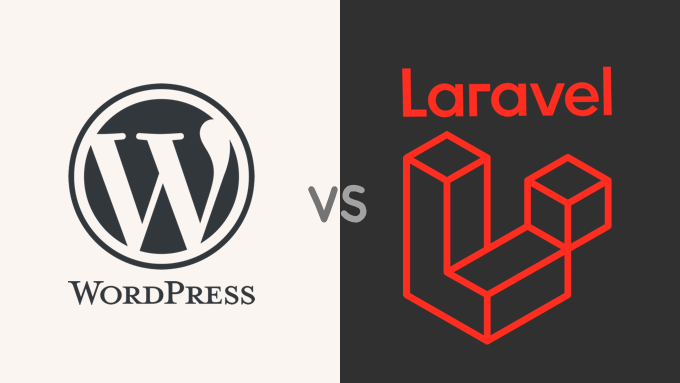Few industries experience the unique combination of rapid growth, abundant customer data, and continuous demand for smarter, faster experiences. However, as ecommerce businesses expand, their challenges grow as well.
Brands face the pressure of increasing sales without expanding their teams, a daunting task given limited resources and time. Operational efficiency has become essential, while finding and retaining the right customers is more crucial than ever.
With rising paid media costs and declining third-party data, ecommerce brands must work harder and smarter than ever.
| AI & Agentic AI is projected to help ecommerce grow at a CAGR of 14.8% from 2024 to 2031. | Personalization Personalization has increased AOV for 98% of online retailers. | Automation Automation increases conversion rates for 75% of ecommerce businesses. |
Think you know AI? That knowledge might already be outdated. The current buzz is about agentic AI, a special type of large language model that can make autonomous decisions for users.
In ecommerce, agentic AI can bridge the gap between intent and conversion by answering highly specific questions in real time, like whether a product will arrive before the weekend or if it fits a certain size.
It can also enhance decision-making through data analytics, allowing ecommerce businesses to react quickly to market changes and consumer preferences, as one expert noted:
“We’re shortening the distance between intent and conversion… Google has estimated that only about 7% of product searches result in an immediate transaction. Agentic AI can recapture a chunk of the remaining 93% by answering detailed questions: Will this jacket fit someone six feet tall? Does it ship before Friday?”
— Kumar Senthil, CEO and co-founder, firmly
However, learning all of this is one thing; understanding and applying it in real-life scenarios is another. So, how can ecommerce brands rise to the challenge and better utilize personalization, automation, and scaling?
1. Make smarter use of customer data to drive growth and loyalty
Modern ecommerce customers don’t just appreciate personalization; they expect it: 73% say they prefer doing business with brands that tailor communications and experiences to their needs.
Personalized emails have already been shown to achieve 2.5x higher click-through rates and 6x more conversions. With intelligent automation, businesses can deliver personalization in real time while collecting valuable zero- and first-party data to deepen customer insights and support long-term engagement.
Despite this potential, many businesses struggle to turn personalization into performance: 74% of brands say they haven’t been able to achieve or scale the value of AI.
The problem often lies in the data: if it’s outdated, poorly structured, or fragmented across systems, even the smartest AI tools will fall short. To get personalization right and do it at scale, brands need a data strategy focused on using data better, not just collecting more.
2. Make better use of time, budgets, and marketing resources
To scale an ecommerce business, owners must do more — and do it more efficiently. Manual, repetitive tasks like updating product listings or pulling reports can drain time and resources.
With rising operational costs, many brands are turning to automation to reclaim hours and redirect teams to higher-impact work. At the same time, paid digital media, once the go-to for precise targeting, is delivering diminishing returns as third-party data becomes less reliable.
But there’s an opportunity here: by leveraging behavioral data and automating personalized experiences, brands can re-engage existing customers, reduce churn, and increase lifetime value, all while spending less.
In a world of distractions, where attention is fragmented and baskets are abandoned mid-checkout, automation and AI help plug revenue leaks and meet customer expectations for instant, relevant service.
3. Integrate systems to deliver seamless customer experiences
Automation and AI cannot function in a vacuum. For these technologies to be effective, the underlying systems must operate together seamlessly, securely, and without delay.
One of the biggest blockers to AI adoption is integration, as legacy platforms often don’t speak the language of newer, AI-powered tools. Whether it’s mismatched data formats, processing limitations, or outdated security frameworks, poor integration keeps data stuck in silos and limits what brands can do with it.
That






